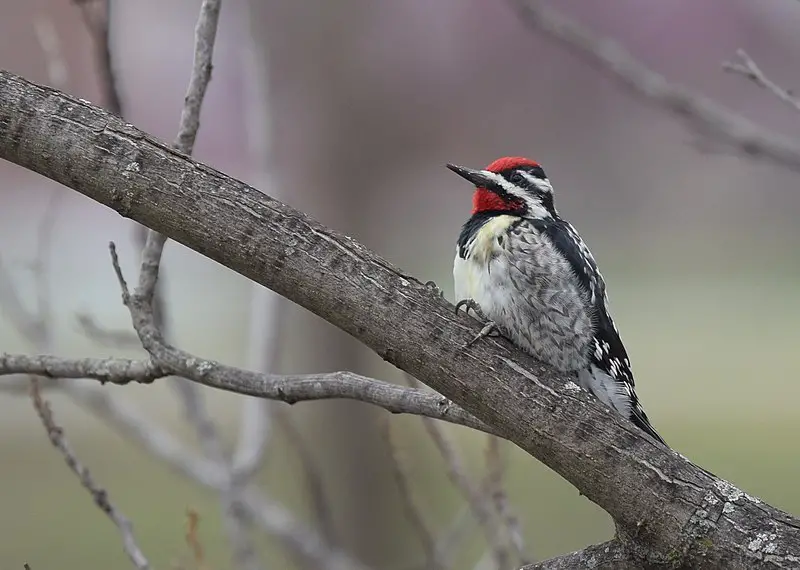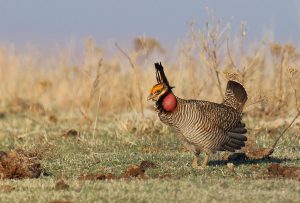With Christmas Bird Counts upon us and winter birding finally in full swing, December is exploding with fantastic birding opportunities. Doubly so for those willing to do some driving and traveling, especially to one of our national wildlife refuges.
The Top December Hotspots in the state include:
1. Estero Llano Grande State Park
2. Aransas National Wildlife Refuge
3. Hagerman National Wildlife Refuge
4. Laguna Atascosa National Wildlife Refuge
5. San Bernard National Wildlife Refuge
6. Mitchell Lake Audubon Center
7. Balmorhea Lake
Honorable Mentions:
- Anahuac NWR
- Brazoria NWR
- Granger Lake Area
- Hornsby Bend Bird Observatory
- Choke Canyon State Park
Here’s what’s happening in Texas in December:
- Birds that are considered “winter species” by Texans are here. Ducks, grebes, and loons both inland and on the coast. Raptors seem to be everywhere, often including eagles and falcons.
- Refresh your sparrow ID skills, because sparrows are popping up everywhere you go! In some areas of the state it’s possible to get 15+ species in one day.
- Coastal areas host large numbers of wintering shorebirds, plus occasional lingering migrants like warblers.
- Christmas Bird Counts. This is what Texas birders eagerly await all year long, and they’re finally here.
Coastal areas are always promising this time of year, but inland bodies of water can be just as fun. If you can position yourself near water with a good grassland area and woodland within driving distance, you’re almost guaranteed a great species list by the time you call it a day.
Estero Llano Grande State Park

Estero packs a punch in a relatively small space. In the 2-3 hours it takes to bird this whole park, you’ll:
1. Cross a boardwalk over wetlands,
2. Walk through south Texas thorn-scrub,
3. Bird the edge of Llano Grande Lake, and
4. Explore dense woodland, a precious and uncommon habitat near the Rio Grande.
“Diversity” is a pretty good word to describe this state park, and the good news is you really don’t have to work very hard for it. Although most birds won’t be seen in any impressive numbers here, you can expect to walk away with a great species list.
Some species you can hope to see here include the following:
- Fulvous Whistling Duck
- Cinnamon Teal
- Tropical Parula
- White-tailed Hawk
- Ringed Kingfisher
- Sedge Wren
- Hooded Merganser
- Bronzed Cowbird
- Hooded Oriole
- Altamira Oriole
- Clay-colored Thrush
- White-tailed Kite
- Buff-bellied Hummingbird
- Plain Chachalaca
Entrance is $5 per adult. The office opens at 8am and closes at 5pm, but you can access the park during any daylight hours.
Aransas National Wildlife Refuge

Welcome to the winter home of the Whooping Crane, one of North America’s largest and most critically endangered birds. These cranes, along with hundreds of ducks, shorebirds, and marsh loving species can be found in a half day of birding.
The Texas coast during the winter is always great for raptors. Expect plenty of hawks, plus a few falcon species. Lingering or wintering warbler species can also be found in stands of oak trees.
Aransas is large enough that you’ll need at least a few hours for your first visit, probably 2.5 hours at a minimum. Four hours is more ideal. If you have the time and desire, dedicating a full day to birding here certainly wouldn’t be crazy.
The highlights of Aransas NWR include the following:
- An auto loop that makes birding by car possible, and makes most of the refuge easy to access.
- A 40 foot high observation tower overlooking the bay. Whooping Cranes are often visible from here.
- Stands of large Live Oak trees. Good for woodland passerines.
- Hundreds of geese, ducks, and shorebirds on both marshy waters and the gulf water along the coastline.
A spotting scope isn’t necessary to have a great time here, but will greatly enhance your experience. Consider borrowing or renting a scope for this trip if you don’t own one. Once you start getting killer looks at floating ducks, perched raptors, and feeding cranes, you’ll be glad you did!
A few must-see spots include:
- Area immediately surrounding the visitor center. Will take a few minutes to walk.
- Heron Flats Trail
- Fishing pier off the main auto loop (to scan the gulf waters)
- the oak mots. There’s plenty large groups and areas of trees to choose from.-the pier at Jones Lake-the observation tower-anywhere you can scan open water or nearby coastline
The visitor center is open daily 8am to 4pm. But the refuge itself opens a half hour before sunrise and closes shortly after sunset, so arrive whenever you’d like.
Four hours of birding should yield 60+ species, with 70 possible on a favorable weather day.
Potential target species include:
- Whooping Crane
- Common Loon
- Red-breasted Merganser
- Horned Grebe
- Long-billed Curlew
- Black-bellied Plover
- Anhinga
- Reddish Egret
- Bald Eagle
Hagerman National Wildlife Refuge
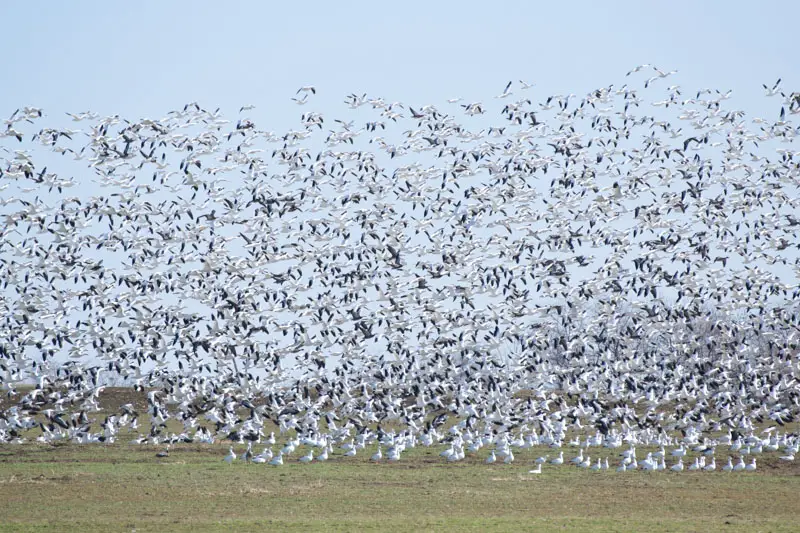
Hagerman is the only hotspot in the northern half of the state to make this list. It’s famous for its white geese (Snow and Ross’s) that fly in by the thousands and feed on the open fields.
Add in the Bald Eagles, hundreds to thousands of ducks, abundant woodland species with seven species of woodpecker, and you’ve got yourself a birding bonanza!
BirdingLocations has a full written birding guide, with photos, for this wildlife refuge. If you have an interest in Hagermann, check it out for everything you need to know to have a great time here.
Potential target species include:
- Snow Goose
- Ross’s Goose
- Bonaparte’s Gull
- Bald Eagle
- Red-headed Woodpecker
- Hairy Woodpecker
- White-breasted Nuthatch
- Winter Wren
- Brown Thrasher
- Purple Finch
- Fox Sparrow
- Eastern Towhee
Expect around 50 species in your first three hours here. Plenty of eBird checklists show 70-75 species in about five hours of birding.
Laguna Atascosa National Wildlife Refuge
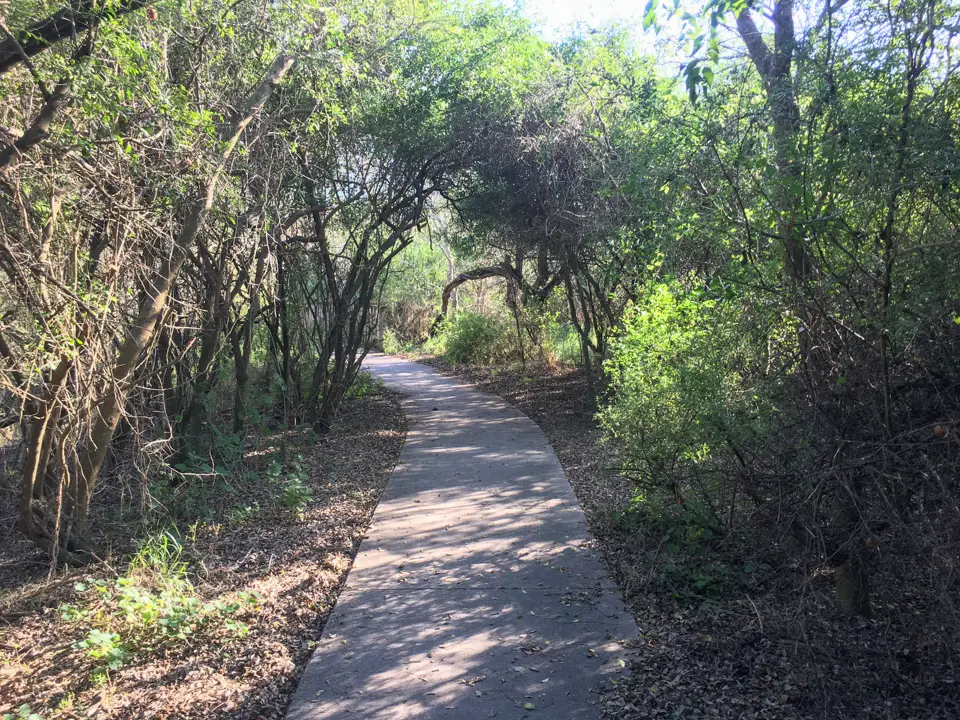
Laguna Atascosa boasts the largest list of reported bird species of any national wildlife refuge in the nation, plus it’s also by far the largest area of protected habitat remaining in the Lower Rio Grande Valley.
In case that’s not enough to catch your attention, this area is also home to roughly 25 ocelots, with breeding pairs on the refuge. Although these small cats are mostly nocturnal, and birders are unlikely to come across one, they further highlight the conservation importance of this refuge.
Some must-see spots here for birders include:
1. The Visitor Center
2. Lakeside Drive
3. Osprey Overlook
Three hours of birding here, starting in the morning, should yield at least 45 species, while 75 species in that same time span isn’t impossible.
Potential target species:
- Groove-billed Ani
- Sandhill Crane
- White-tailed Kaite
- Buff-bellied Hummingbird
- Harris’s Hawk
- White-tailed Hawk
- Aplomado Falcon
- Tropical Kingbird
- Green Jay
- Long-billed Thrasher
- Olive Sparrow
- Altamira Oriole
- Bronzed Cowbird
Entrance is $3 per vehicle, or free if you’ve purchased a current federal duck stamp.
Refuge bird tours by van are available Friday, Saturday, and Sunday from November through March. This will get you access to areas normally off limits to the public. Cost is $4 per person, call 956-244-2019 ahead of time to reserve your spot.
San Bernard National Wildlife Refuge

San Bernard is a classic Texas mega-hotspot, meaning a birder here can experience the full glory of fallout during spring migration, plus the fantastic numbers and diversity coastal winter birding offers.
The number of species you’ll see here seems to depend more on how much distance you cover and how much of the refuge you see, rather than how much time you spend birding. Cover a minimum of 3 miles and you should push past 40 species. Cover over 10 miles in a couple hours and you may break 60 or even 70 species.
San Bernard NWR Places of Interest:
1. Bobcat Wood Boardwalk, Trail, & Observation Platform
2. San Bernard Auto Tour
3. Cowtrap Marsh Trail
Potential target species:
- Snow Goose
- Greater White-fronted Goose
- Cinnamon Teal
- Common Goldeneye
- Red-breasted Merganser
- King Rail
- Sandhill Crane
- White-tailed Hawk
- Bald Eagle
- Sedge Wren
- Boat-tailed Grackle
San Bernard is open 365 days a year. There is no entrance fee.
Mitchell Lake Audubon Center
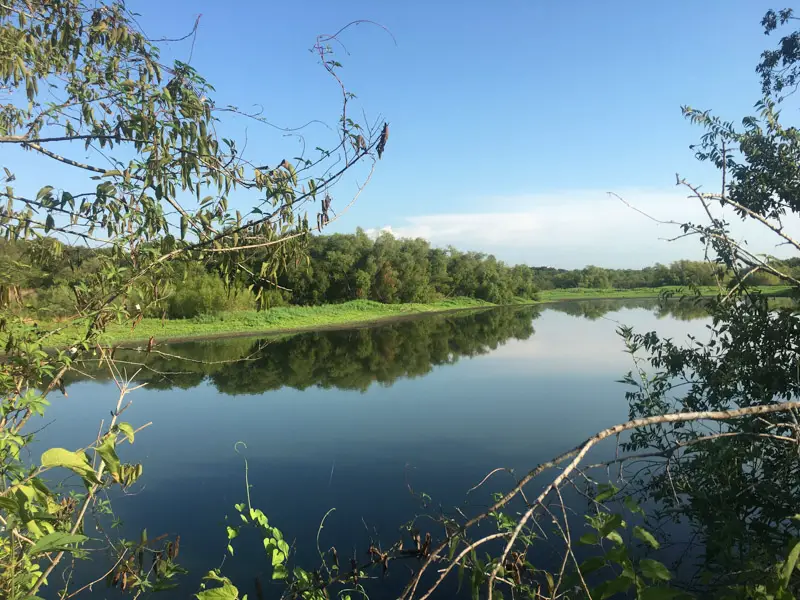
Located right on the edge of a major Texas city, Mitchell Lake offers an easy to access hotspot where scoring over 60 species in a full morning of birding is the norm.
For a full written birding guide with photos, check out the Mitchell Lake Audubon Center hotspot page.
Much of the birding here can be accomplished by short 10-15 minute walks, with the remainder from within the comfort of your vehicle.
The three must see spots at Mitchell Lake are:
1. Native plant garden behind the Visitor Center
2. Bird Pond
3. The settling basins and Mitchell Lake itself
Potential target species:
- Bufflehead
- Least Grebe
- Eared Grebe
- Bonaparte’s Gull
- Common Ground Dove
- American White Pelican
- Black-crowned Night Heron
- Couch’s Kingbird
- Long-billed Thrasher
- Audubon’s Oriole
Rarities are often found here most winters as well. Possibilities include Surf Scoter, Common Goldeneye, Long-tailed Duck, Green-tailed Towhee, and Rusty Blackbird.
This Audubon Center is closed on Mondays.Gates open at 7am and close at 3pm.Entrance is $5 per adult.
Click here for the full birding guide.
Balmorhea Lake
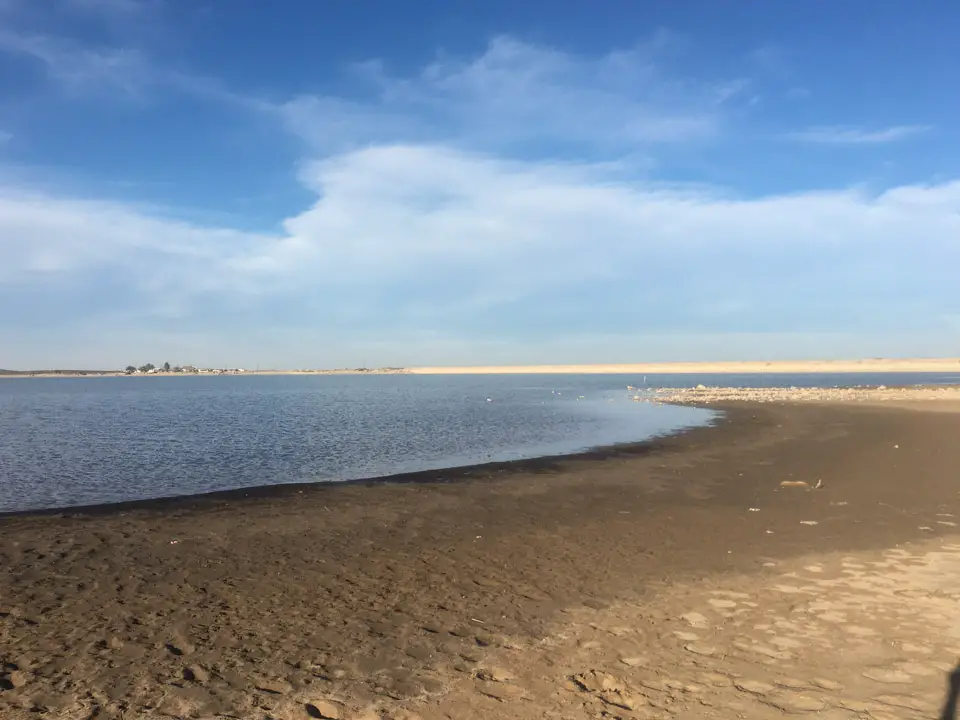
This is one of the few lakes in far west Texas, and it a fantastic place to get species that are otherwise difficult to find in the state.
When you arrive be sure to check in and pay the entrance fee at the office/bait shop. Then you’re free to drive the dirt road that surrounds most of the lake.
Nearly all birding will happen either from the perimeter road, or from the lake shore (which is usually very close to the perimeter road).
Species of interest include:
- Mexican Duck
- Red-breasted Merganser
- Scaled Quail
- Clark’s Grebe
- Western Grebe
- Horned Grebe
- Greater Roadrunner
- Chihuahuan Raven
- Say’s Phoebe
- Rock Wren
- Black-throated Sparrow
- Lark Bunting
- Green-tailed Towhee
- Pyrrhuloxia
Other uncommon possibilities include Common Merganser, Golden Eagle, and Ferruginous Hawk.
This lake is certainly out of the way for most people, but makes for a fantastic birding trip when combined with nearby Balmorhea State Park, Davis Mountains State Park, and the Chuhuahuan Desert Research Institute.
Need More Ideas?
Check out the Texas Hotspot Map.
Each map location has a full birding guide with photos, and will help you have a very birdy visit where ever you choose to go.
Stay warm, and happy birding!

